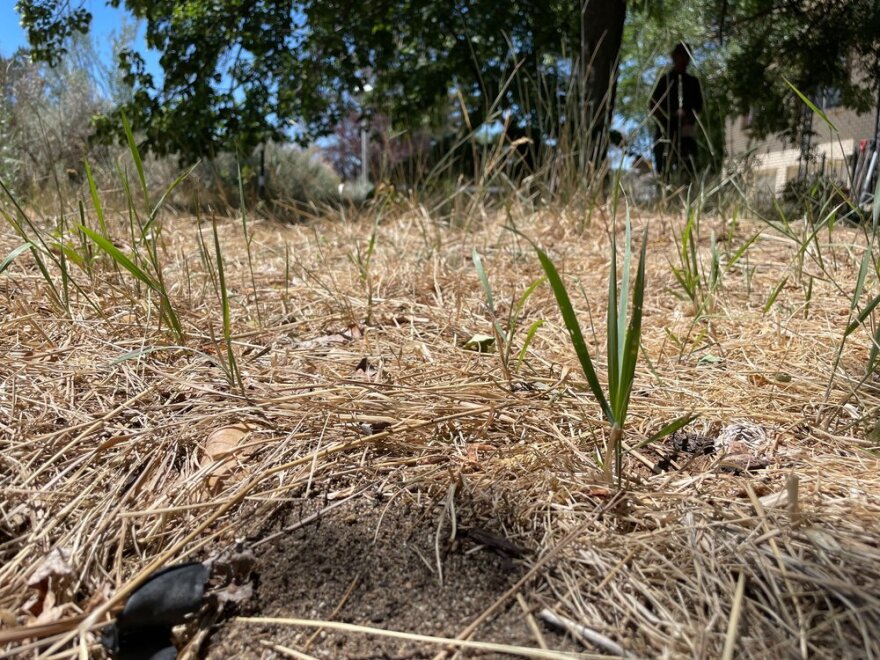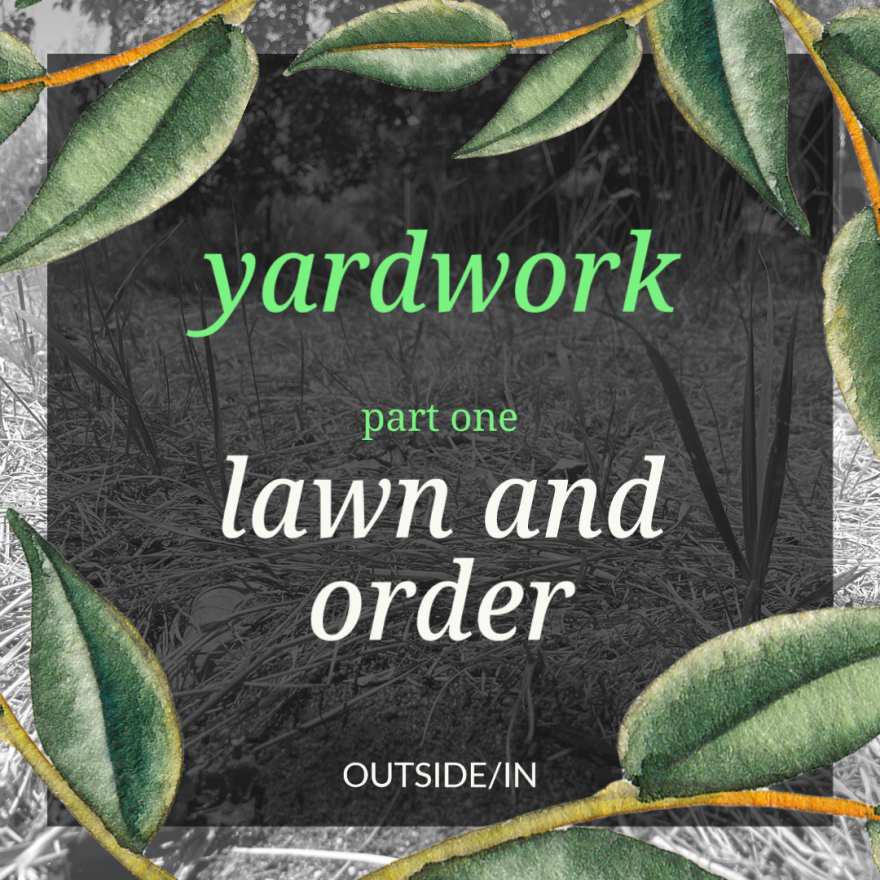
Americans love a lawn. Green grass grows everywhere: on baseball fields, in backyards, in front of strip malls. Collectively, we spend billions of dollars every year keeping them fertilized and watered.
But lawns cost more than money in Western states like Utah. Despite a severe drought, residents of Utah’s towns and cities use more water per capita than any other place in the nation, and a majority of that water goes right into lawns. That’s helping fuel an environmental disaster that could wipe out one of America’s largest inland seas.
In Part 1 of Yardwork, we trace the 600-year history of lawns, explore how they became a symbol of power, wealth, and whiteness in America, and share tips on how to make a yard more environmentally responsible.
Featuring: Malin Curry, Ira Curry, Kelly Kopp, Zach Frankel, Karen Stenehjel.
Part 2 of Yardwork is available now.
Outside/In is a podcast! Listen to the show on the podcast app of your choice.

LINKS
Check out Malin Curry’s essay on the history of Black Americans and yard work.
To read more about how agriculture and outdoor watering is contributing to the disappearance of the Great Salt Lake, take a look at these two studies.
ProPublica published an excellent investigation into why one of the West’s driest states often rejects aggressive water conservation efforts.
For some great history on lawns, read Paul Robbins’ Lawn People and Virginia Scott Jenkins’ The Lawn: A History of an American Obsession








